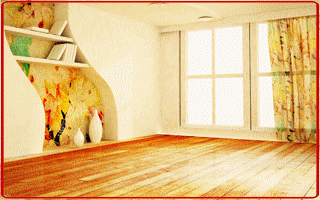Kak Ustanovitj Windows 98 Bez Zagruzochnoj Disketi
A /dev directory containing a special file for all devices to be used by the system is mandatory for any Linux system. The directory itself is a normal directory, and can be created with mkdir in the normal way. The device special files, however, must be created in a special way, using the mknod command. There is a shortcut, though — copy devices files from your existing hard disk /dev directory. The only requirement is that you copy the device special files using -R option.
This will copy the directory without attempting to copy the contents of the files. Be sure to use an upper case R. For example: cp -dpR /dev/fd[01]* /mnt/dev cp -dpR /dev/tty[0-6] /mnt/dev assuming that the diskette is mounted at /mnt.
Format na Windows 98 Ili pone da mi dade link za da vidia kak stava.Gledah vuv Foruma tuk.ama nisto ne e opisano mnogo zadulbo4eno (abe za malko po-glupavi kato men )Taka 4e ste buda blagodaren ako niakoi mi pomogne! Windows 98 would probably work best. 95 is buggy as heck and ME. Well, you could say it is the child of 9x and NT, since it runs a modified version of dos designed to only be able to boot the os.
Documentos similares a Das Neue Deutschmobil 2 Arbeitsbuch. Das Neue Deutschmobil 3 Color 1-1. Razvan Adrian. Das Neue Deutschmobil 2 Lehrbuch. Das neue deutschmobil 3 arbeitsbuch otveti.
• Book Details Author: Donald A Ball,Michael Geringer Professor,Michael S Minor Chair Dept. Only Ball, Geringer, McNett and Minor can offer a complete view of international business as diverse as the backgrounds of business students. Ball et al is the only textbook on the market which features access to CESIM. International business the challenge of global competition pdf.
The dp switches ensure that symbolic links are copied as links, rather than using the target file, and that the original file attributes are preserved, thus preserving ownership information. If you want to do it the hard way, use ls -l to display the major and minor device numbers for the devices you want, and create them on the diskette using mknod.
However the devices files are created, check that any special devices you need have been placed on the rescue diskette. For example, ftape uses tape devices, so you will need to copy all of these if you intend to access your floppy tape drive from the bootdisk. Note that one inode is required for each device special file, and inodes can at times be a scarce resource, especially on diskette filesystems. You'll need to be selective about the device files you include. For example, if you do not have SCSI disks you can safely ignore /dev/sd*; if you don't intend to use serial ports you can ignore /dev/ttyS*. If, in building your root filesystem, you get the error No space left on device but a df command shows space still available, you have probably run out of inodes. A df -i will display inode usage.

The /etc directory contains configuration files. What it should contain depends on what programs you intend to run. On most systems, these can be divided into three groups: • Required at all times, e.g. Rc, fstab, passwd.
• May be required, but no one is too sure. • Junk that crept in. Files which are not essential can usually be identified with the command: ls -ltru This lists files in reverse order of date last accessed, so if any files are not being accessed, they can be omitted from a root diskette. On my root diskettes, I have the number of config files down to 15. This reduces my work to dealing with three sets of files: • The ones I must configure for a boot/root system: • rc.d/* -- system startup and run level change scripts • fstab -- list of file systems to be mounted • inittab -- parameters for the init process, the first process started at boot time. • gettydefs -- parameters for the init process, the first process started at boot time.
